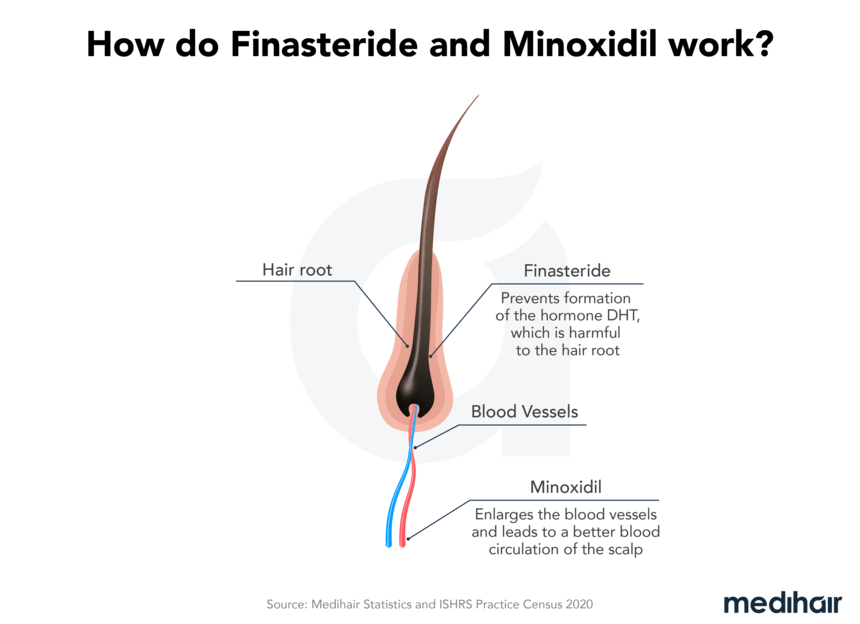Do you need to take finasteride after a hair transplant?

Finasteride is one of the most popular non-surgical treatments to manage hair loss caused by male pattern baldness. It can be used after hair transplants to preserve its results and maintain a desirable hair density. Read on to learn the pros & cons and usage methods of finasteride to determine whether it is the right choice for you.
In a Nutshell
| Two Main Forms | Oral Finasteride & Topical Finasteride |
| Use of Finasteride | Helps prevent future hair loss |
| Pros and Cons | Helps stabilize hair loss but maybe side effects |
| Side Effects | 2 - 5% of users |
- Free
- Fast
- Non-binding
| Pros | Cons |
|---|---|
| Helps stabilize hair loss and manage male pattern baldness. It can increase the longevity of your hair transplant results by preserving your existing hair. | Finasteride has some commonly reported side effects including sexual dysfunction and low libido. These effects may continue even when you are off the medication. |
| Easily available with a prescription. | Not advisable for patients with heart conditions. |
| The efficacy of finasteride is well-researched and backed by clinical trials. | It is not a cure but a way to manage and slow down hair loss. Only works as long as you are taking finasteride consistently. |
Frequently Asked Questions
What happens if you don't use finasteride after a hair transplant?
Can Finasteride damage transplanted hair?
Sources
